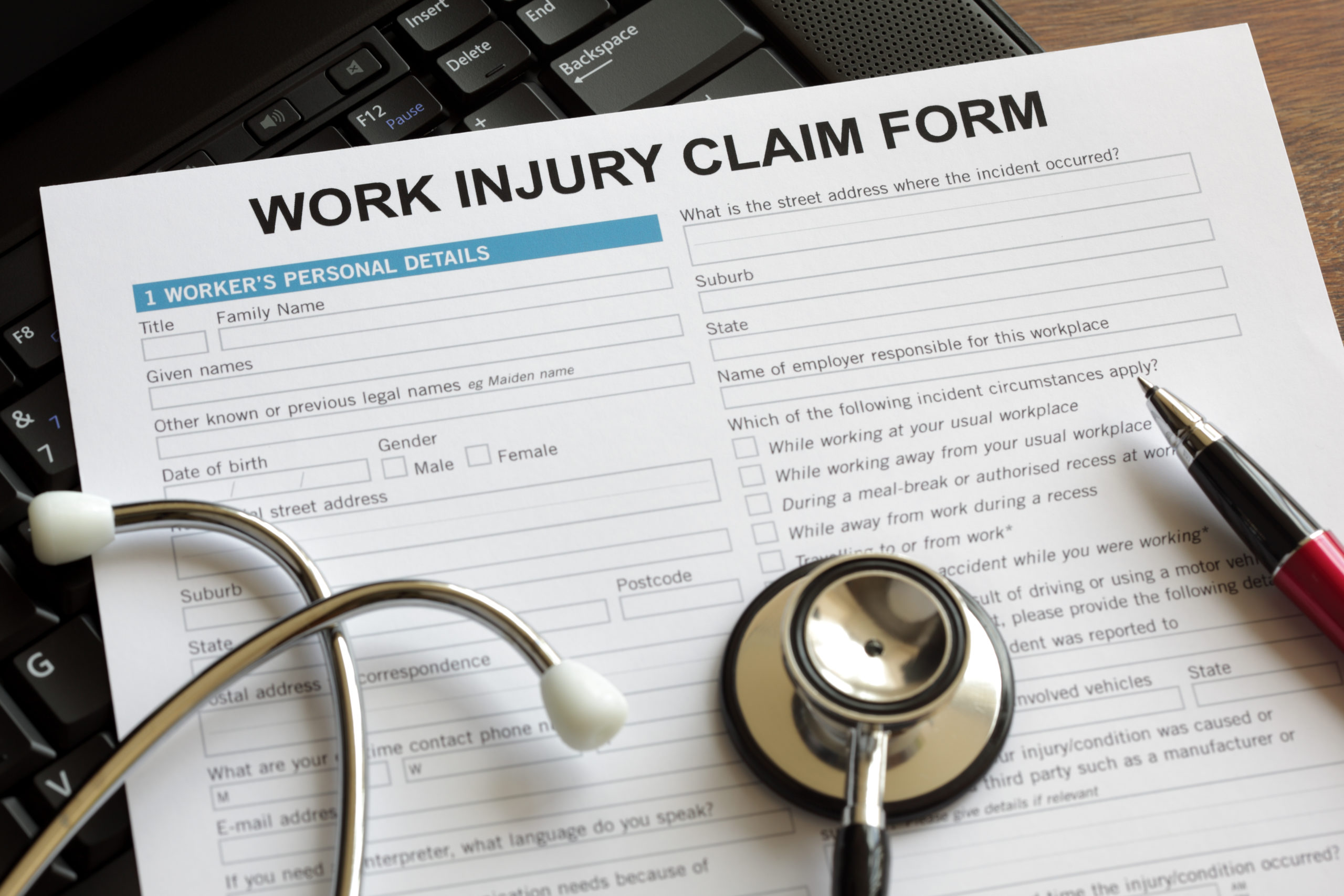Negligent Snow, Ice or Water Removal
Winter weather conditions can turn everyday tasks, like walking through the parking lot or driving to work, into treacherous actions. Sidewalks, roads, parking lots, stairs, and other surfaces can become slippery in the snow and ice, leading to falls and serious injuries.
Liability for a weather-related fall depends on where the dangerous surface is located. Commercial property owners owe a “duty of care” to their customers to promptly remove dangerous snow and ice patches from the sidewalks and parking lots surrounding their businesses. This includes the owners and staff of:
- Retail stores
- Shopping malls
- Restaurants
- Clubs
- Bars
- Apartment complexes
- Grocery stores
Regardless of who is physically removing the snow (i.e. a plowing service or maintenance company), it is the owner’s responsibility to maintain safe premises for customers.
However, it is important to keep in mind that members of the public have a responsibility to walk safely in dangerous areas. If you are running, for example, in an icy parking lot, it will be much harder to collect in a personal injury case because an opposing attorney can argue you were not showing enough care for the circumstances.
Slip-and-fall accidents related to dangerous weather conditions are treated somewhat uniquely by New Jersey law. If the accident occurred on public property, such as a sidewalk or in a public park, New Jersey law makes it very difficult to file a personal injury lawsuit. Public entities, such as the state of New Jersey or an individual city, have common law tort immunity for negligent removal of snow from public areas. Therefore, you cannot file a lawsuit against a New Jersey city or public entity for negligent removal of snow or ice.
Although this is not to say you have no legal recourse for a slip-and-fall on public property. If you can show that the personal injury suffered was caused by the dangerous conditions of the property—not the failure to remove snow and ice itself—then you could have grounds for a personal injury claim.
In order to prove a negligent snow or ice removal claim, it is important to document as many parts of the accident as you can. Try to take photos or send someone to take photos of the area as it looked at the time of your accident. Since weather conditions are constantly changing and snow is often cleared on a set schedule, you want to ensure you can show how much snow or ice had built up at the time of your injury. It is also important to talk to witnesses of the accident, who can corroborate your story of snow or ice buildup.
If you have been injured due to the failure to remove snow or ice, you could be entitled to win damages in a personal injury claim. Damages may include compensation for:
- Medical treatment: the cost of medical treatment stemming from the injury, including hospital treatment, ambulatory services, and any future medical costs associated with the injury
- Income: the loss of income from the accident, as well as any decreased earning potential in the future
- Property loss: the cost of personal items, including vehicles, clothing, and other property, that were damaged or lost as a result of the incident
- Pain and suffering: compensation for pain and discomfort suffered as a result of the accident, including any ongoing pain

















